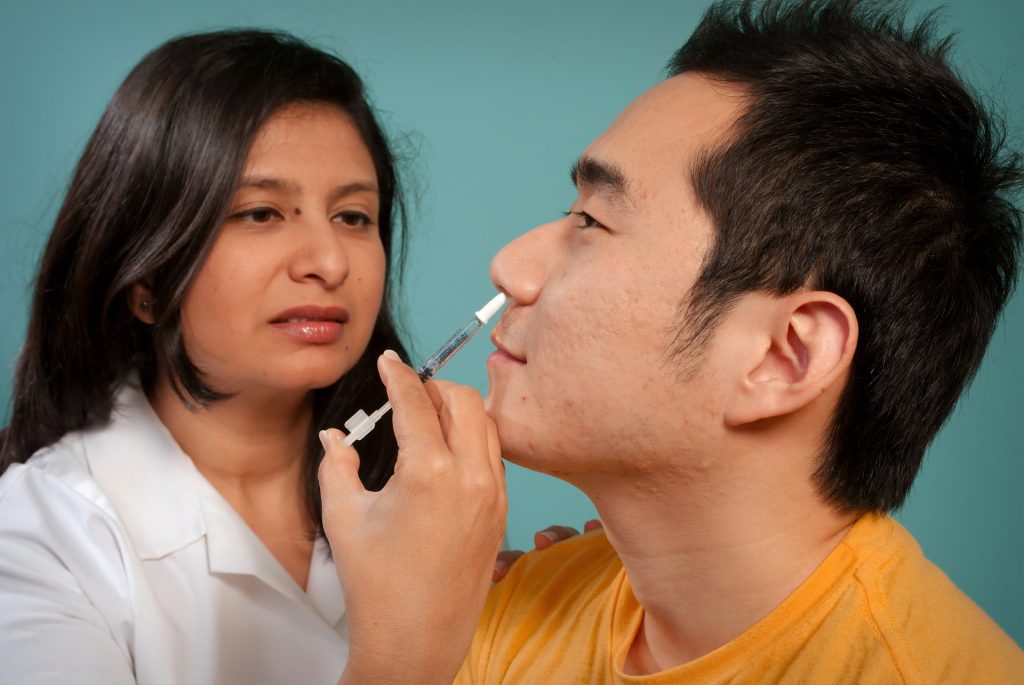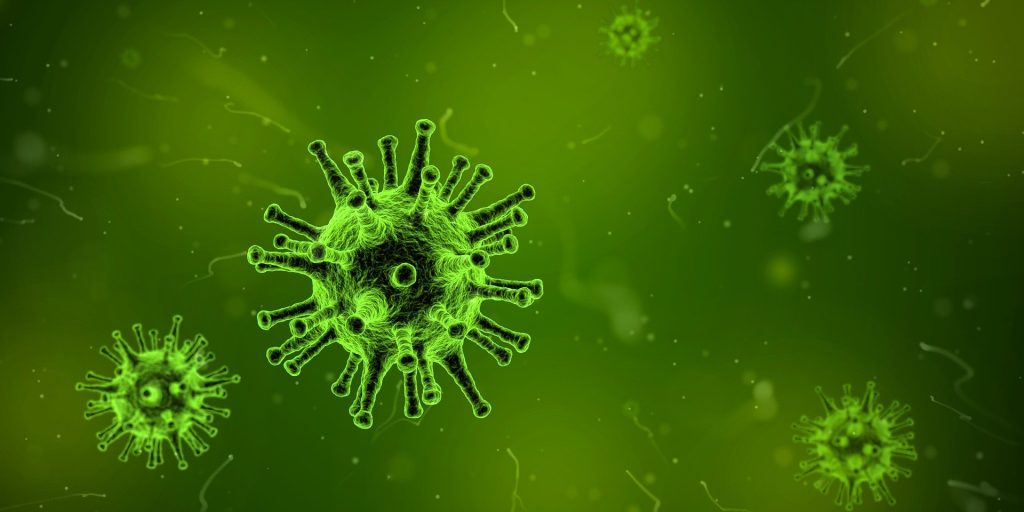Needle-free Influenza Vaccines with Broad Protection

A research team led by the University of Hong Kong have achieved an award-winning breakthrough in developing broadly protective, live-attenuated influenza vaccines (LAIV). These innovative LAIV platforms offer the potential to develop universal influenza vaccines that induce a more robust immune response against various virus subtypes, including both human and avian strains. Since they induce mucosal immune responses, they can also be administered nasally.
Current seasonal influenza vaccines protect primarily against three selected strains and require annual updates. Their efficacy can significantly decline if the circulating viruses do not match the strains chosen each year for each hemisphere. Moreover, these vaccines fail to guard against human infections caused by animal influenza viruses, such as avian strains, which pose a potential global pandemic threat. The World Health Organization (WHO) has underscored the urgent need for a new generation of universal influenza vaccines.
The research team developed two innovative approaches to create next-generation LAIVs. The first strategy involved engineering a human influenza virus with then gene for α-Gal, which is already targeted by human antibodies. Vaccine-infected cells then express α-Gal on their surfaces and boost vaccine-induced immune responses, including antibody-mediated cytotoxicity, opsonisation and phagocytosis.
The research data showed that the vaccine is attenuated in mouse models. Vaccinated mice showed strong innate and adaptive immune responses, including antibody and T-cell responses. These immune responses conferred broad protection against various influenza A virus subtypes, including human H1N1 and H3N2, and avian H5N1 strains.
The second approach to developing next-generation LAIVs involved introducing hundreds of silent mutations to a human influenza virus, shifting its codon usage from that of a human influenza virus to that of an avian influenza virus-like pattern. This shift resulted in the attenuation of the virus in mammalian cells, making it safe for use as an LAIV.
Additionally, the mutant virus replicated perfectly in chicken eggs, which is crucial for current effective vaccine manufacturing processes. With this approach, the viral protein expression of the LAIV remained identical to the original wild-type virus, providing a robust immune response against the viruses. The research team successfully generated several attenuated viruses with different human influenza virus backbones, including H1N1 and H3N2.
The development of these two award-winning LAIVs represents a significant advancement in the quest for broadly protective and efficient influenza vaccines. This new generation of LAIVs can both protect humans from seasonal influenza viruses and address the threat posed by emerging viruses, like avian influenza viruses.
“The advantages of LAIVs lie in their intranasal administration, which has been shown to induce mucosal immune responses along the respiratory tract, providing additional protection against infection,” highlighted Professor Leo Poon Lit-man, Chair Professor of Public Health Virology and Head of the Division of Public Health Laboratory Sciences, School of Public Health, HKUMed. “This needle-free delivery method alleviates the fear of vaccination, particularly in young children, so it will help mitigate vaccine hesitancy.”
Source: The University of Hong Kong





